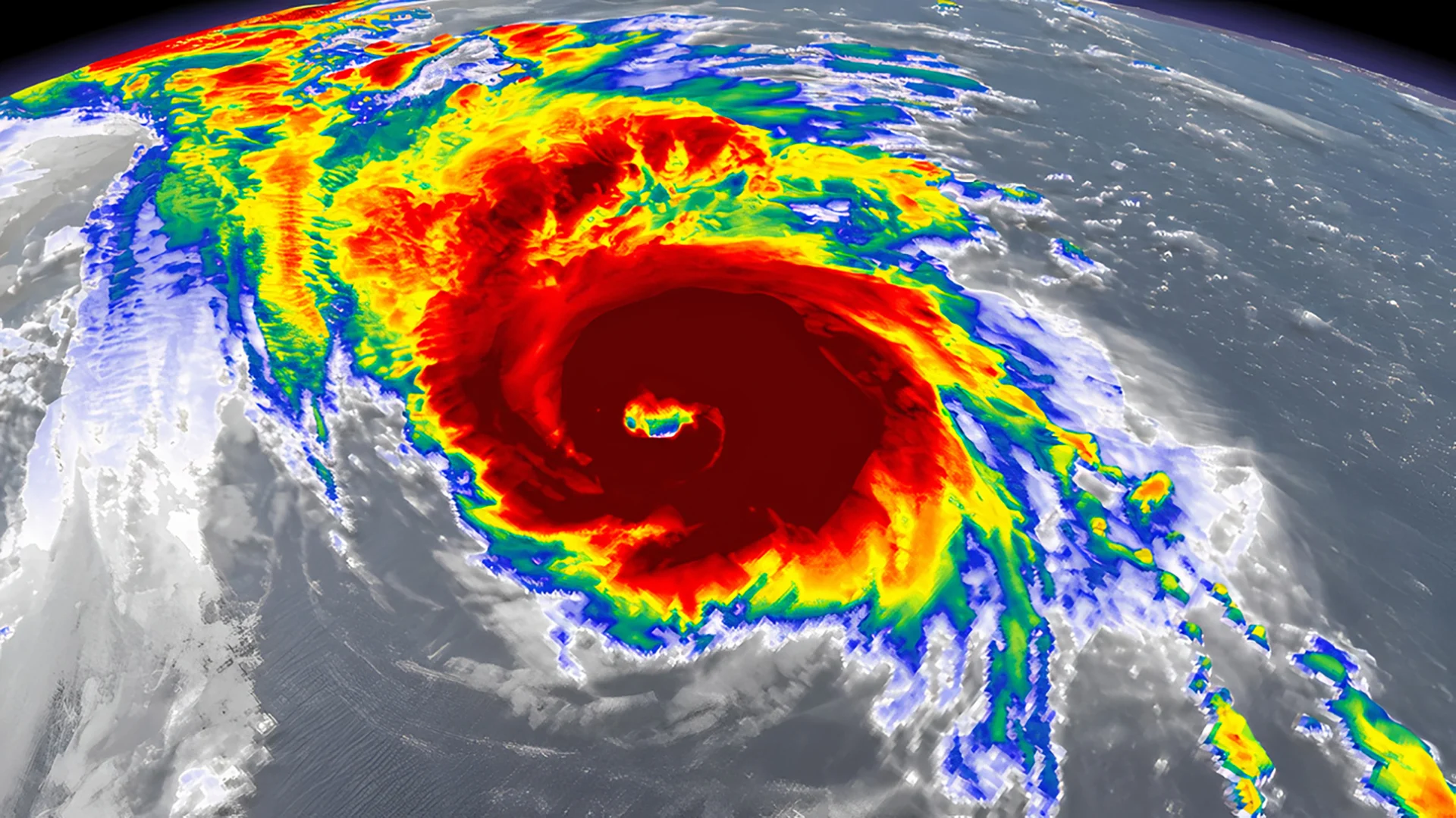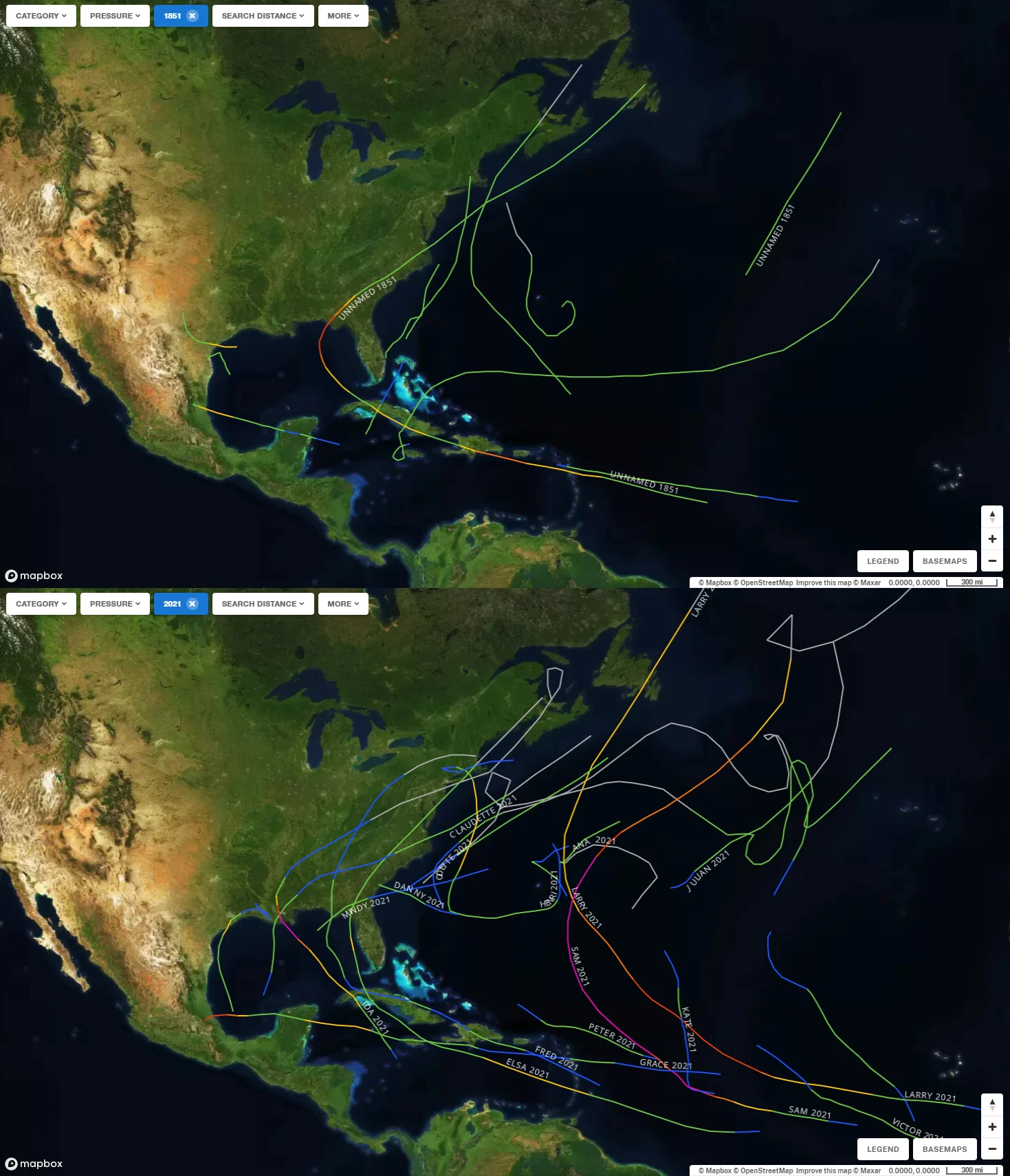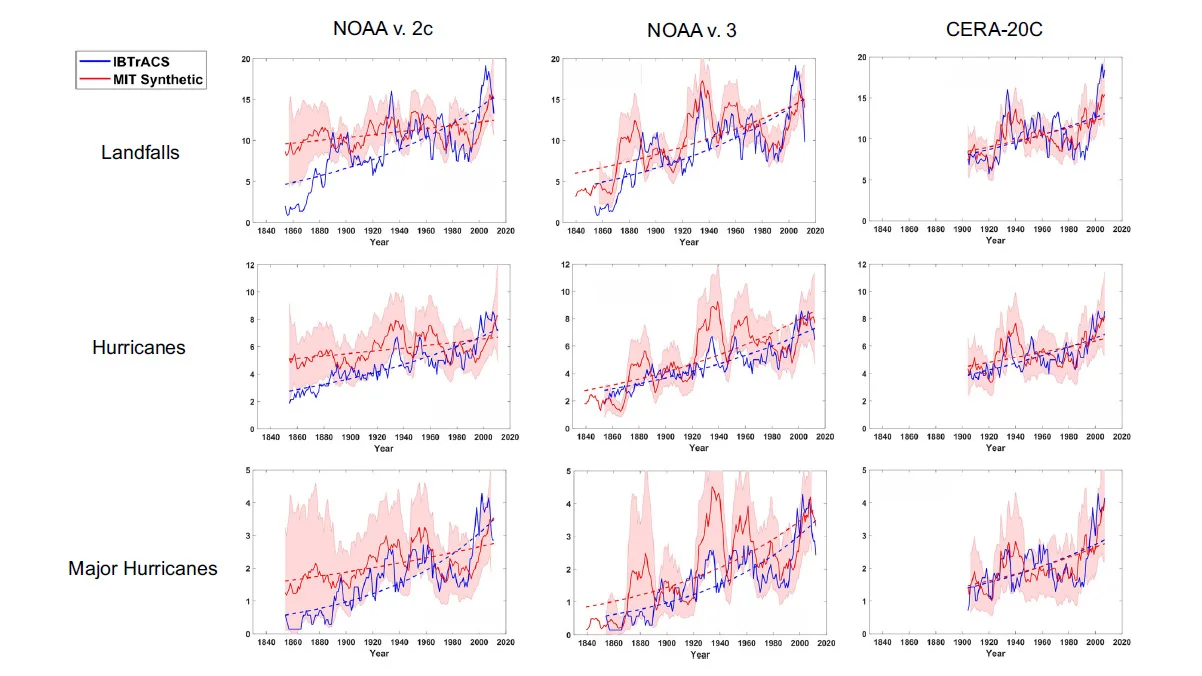
What the science says about hurricanes and climate change
Climate change is affecting nearly every aspect of our weather, and tropical cyclones and hurricanes are no exception.
Hurricanes draw their strength from warm ocean waters. They form over the tropics, where they have an abundant source of heat to maintain their strength for days at a time. In the North Atlantic, even as these storms veer away from the tropics, they then encounter the very warm waters of the Gulf Stream. This can either sustain them or even cause them to re-intensify as they make their way up the east coast of the United States towards Canada.
Usually, there is enough colder water off the coast of Atlantic Canada, just to the north of the Gulf Stream track, that any hurricane that reaches Canadian shores is significantly weakened by the time it makes landfall. Currently, Environment and Climate Change Canada (ECCC) considers it "virtually impossible" for Canada to see a hurricane stronger than Category 3.
But ocean temperatures are on the rise as a direct result of climate change, and this is leading to some alarming trends.
WATCH BELOW: How do we know when weird weather is caused by climate change?
Growing storm intensity
Some of the most recent research into hurricanes has shown that the intensity of these storms is increasing, and climate change is the likely culprit.
"The intensity of tropical cyclones has increased globally in recent decades, with the proportion of Category 3 to 5 cyclones growing by around five per cent per decade since 1979," Gabriel Vecchi, co-author of a study published last April, said in a Princeton press release at the time.
"Larger and more intense tropical cyclones tend to cause more damage than smaller, weaker storms, so shifts toward a greater proportion of intense storms are of concern," Vecchi added.
Since many different factors can influence storms, the researchers noted that solidly attributing the observed trends solely to human-induced climate change is difficult. However, as the trends match up reasonably well with what is expected in a warming climate, they concluded that climate change is probably responsible for the observed intensification of tropical cyclones.
"It is possible that in the real world, hurricane activity will increase more than suggested by the range of existing studies — or perhaps less," Thomas Knutson, the lead author of the study from NOAA's Geophysical Fluid Dynamics Laboratory at Princeton, said in the press release.
"Unfortunately, humans are on a path to find out through actually increasing global temperatures beyond levels experienced during human history, and then we will see how things turn out."
READ MORE: Faster than a car and as wide as 24,000 hockey rinks — a closer look at Fiona
The researchers also noted that tropical cyclones are undergoing more rapid intensification. A recent example is Hurricane Harvey in 2017. While travelling over Atlantic waters, it only reached Tropical Storm strength. After weakening to a tropical depression as it crossed the Yucatan Peninsula, it then rapidly reintensified over the Gulf of Mexico, strengthening to a Category 4 hurricane over a span of just two days.

Hurricane Harvey, captured here during its peak Category 4 strength, on Aug. 25, 2017, by the GOES-16 weather satellite. (NOAA)
Harvey also displayed another worrying trend that was highlighted in this research — tropical cyclones are moving more slowly, and even stalling in place for longer periods of time.
Additionally, the latitude where tropical cyclones reach their maximum intensity has been shifting closer to the poles, and sea-level rise has been adding to the flooding and inundation risks associated with storm surge.
Increasing storm frequency
Tropical cyclone intensity isn't the only concern. Researchers have also been examining whether there is a noticeable change in their frequency.
There is one problem, though. The farther back you go in time, the more sparse hurricane records become. Thus, it has been challenging for researchers to find any noticeable trends.

North Atlantic hurricane tracks from NOAA's official records, from 1851 (top) and 2021 (bottom). Although there are only 13 storms on record from 1851, compared to 21 in 2021, the lower number is likely due to several storms being missed because they were not witnessed by ships and did not make landfall. (NOAA Historical Hurricane)
New methods of research have gotten around this limitation, though.
In a study out of MIT, meteorologist and climate scientist Dr. Kerry Emanuel used a method known as "climate reanalysis" to find what the official records may have missed.
Reanalysis is the practice of feeding past surface weather observations into different modern climate models. Since the results can be directly compared to what actually occurred in the past, these simulations can be easily verified.
Scattering hurricane seeds — the basic conditions that can cause a hurricane to form — into the last 150 years of weather in these simulations, Emanuel saw three important results.
The overall number of hurricanes increased over time, the number of major hurricanes increased, and the number of landfalls also went up.

These graphs show the results from all three models used in the study. Each graph contains the actual historical hurricane records from the International Best Track Archive for Climate Stewardship (IBTrACS) database (blue line), which produce a positive trend (blue dashed line). The red line in each represents the results from Emanual's MIT study, which also reveal a positive trend (red dashed line) for hurricanes, for major hurricanes, and for hurricane landfalls. (Emanuel, 2021/Nature Communications)
Importantly, Emanuel found that these same trends were not observed in the other oceans of the world. Since then, other researchers have confirmed this discovery.
"For most tropical cyclone basins (regions where they occur more regularly), including Australia, the decline has accelerated since the 1950s," Savin Chand, the lead author of a paper published in Nature Climate Change, wrote in an article on The Conversation. "Importantly, this is when human-induced warming also accelerated."
"The only exception to the trend is the North Atlantic basin, where the number of tropical cyclones has increased in recent decades," Chand added.







